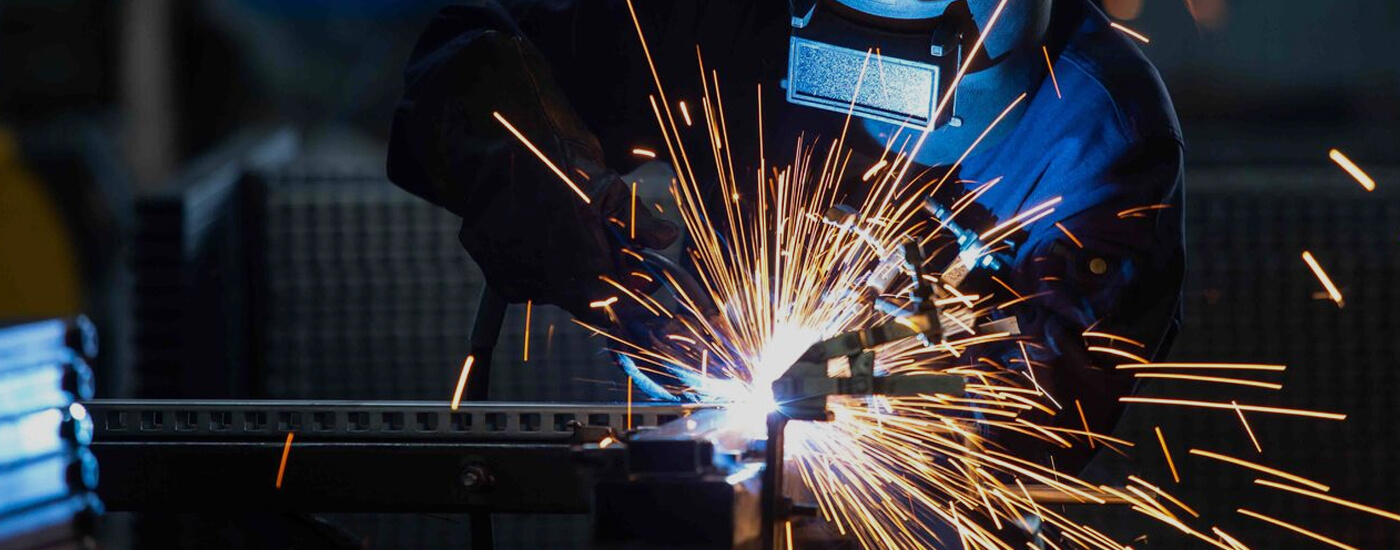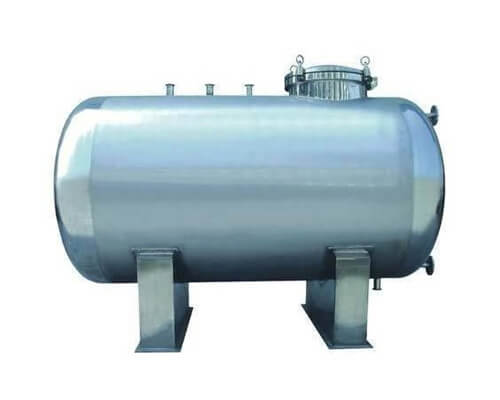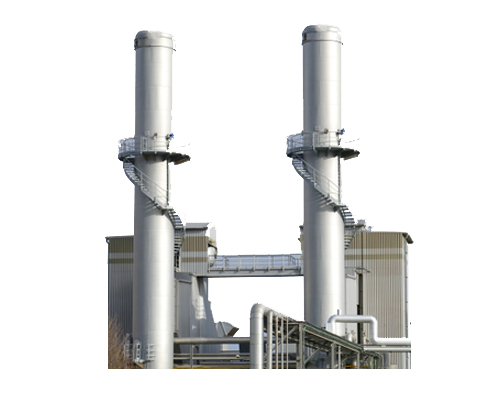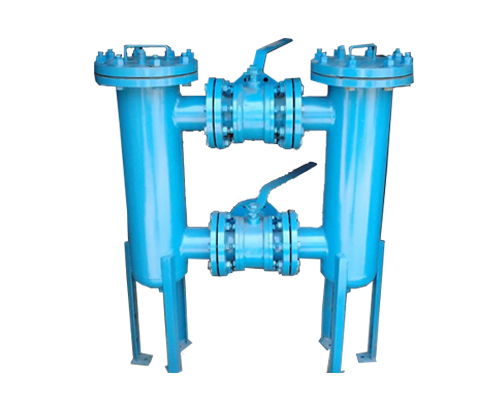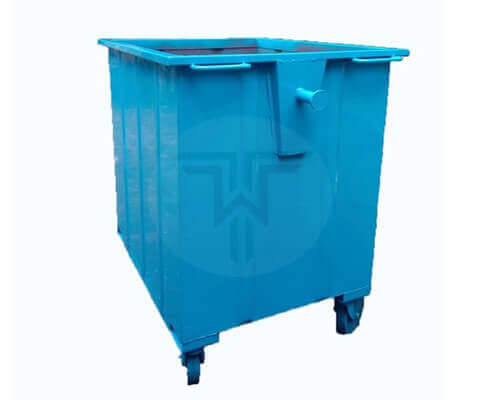Deaerator Tank Manufacturers In Chennai Call 9940306697
Deaerator Tank Manufacturers in Chennai –Tech Weld Engineering Pvt. Ltd. is a leading De-Aerator Tank Manufacturer for the purposes remove dissolved gases.
De- Aerator Tank Manufacturers in Chennai – Our Tech Weld Engineering Pvt. Ltd. Is
recognized as leading De-Aerator Tank manufacturers in Chennai with 20 years of experience in Tank manufacturing, we now offer an extensive production line of quality De-Aerator Tank includes Agitator and De-aerator tank washing process is so simple. Dedicated to strict quality control and thoughtful customer service, our experienced staff is always available to discuss your needs and ensure complete customer satisfaction.
The De-Aerator tank is capable of efficiently, swiftly, and evenly spreading one or more phases to another continuous phase, even if the phases are mutually insoluble. The material is subjected to intense mechanical and hydraulic shear, centrifugal extrusion, liquid layer friction, and impact in the tight space between the stator and the rotor due to the high tangential speed and high-frequency mechanical forces created by the rotor’s high-speed rotation.
A blending of tearing and turbulence. As a result of the action of the corresponding mature process and an adequate number of additives, the incompatible solid phase, liquid phase, and gas phase are evenly and finely dispersed and emulsified, and the high-frequency cycle reciprocates to produce a stable high-quality product.
De-Aerator tanks serve a crucial role in many industrial processes, especially in power generation and steam systems. They remove dissolved gases, primarily oxygen and carbon dioxide, from feedwater, ensuring the efficient and safe operation of boilers and other equipment.
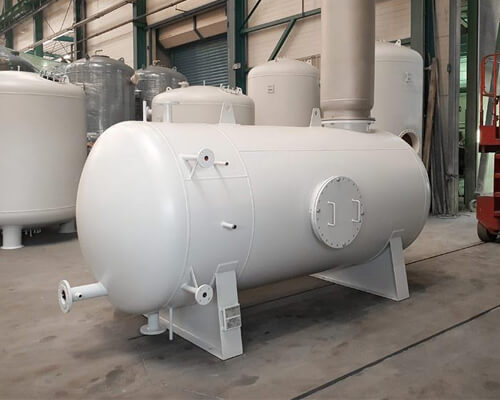
The advantages of using a De-Aerator tank include:
Oxygen Removal: De-Aerator tanks efficiently remove oxygen from the feedwater. Oxygen can cause corrosion and pitting in boiler and steam system components, leading to equipment damage and reduced system lifespan. By eliminating oxygen, De-Aerator help prevent these issues.
Carbon Dioxide Removal: De-Aerator also remove carbon dioxide from the feedwater. Carbon dioxide can form carbonic acid when it dissolves in water, leading to corrosion in the system. Deaeration reduces the risk of acidic corrosion.
Improved Boiler Efficiency: De-Aerator tanks contribute to increased boiler efficiency. By removing dissolved gases, the potential for oxygen pitting and carbonic acid corrosion is minimized, allowing the boiler to operate at higher efficiency levels.
Reduced Maintenance Costs: With fewer corrosion-related issues, maintenance costs are reduced. Boilers, piping, and other system components have a longer service life and require less frequent repairs or replacements.
Enhanced Heat Transfer: The removal of gases from feedwater improves heat transfer efficiency within the boiler. This can lead to better steam quality, which is important for industrial processes and power generation.
De-Aerator tanks are required by regulations to ensure safe and efficient operation.
By reducing the potential for corrosion, De-Aerator can lower the amount of chemicals required for water treatment. This leads to cost savings and a reduced environmental impact.
De-Aerator tanks help maintain stable water chemistry by preventing variations in pH levels caused by dissolved gases. Stable water chemistry is essential for the proper operation of steam systems and minimizing the risk of damage.
De-Aerator contributes to higher steam purity by removing non-condensable gases. Clean and high-purity steam is essential for processes that require precise temperature control or where contamination could be problematic. By enhancing heat transfer and boiler efficiency, De-Aerator can lead to energy savings. This is especially significant in industries where energy costs are a major concern.
De-Aerator tanks can enhance the safety of the boiler and steam system by reducing the risk of catastrophic failures due to corrosion or scale buildup. It can help prevent thermal shock in the boiler by providing a source of preheated, de aerated water. Thermal shock can cause damage to the boiler and its components.

